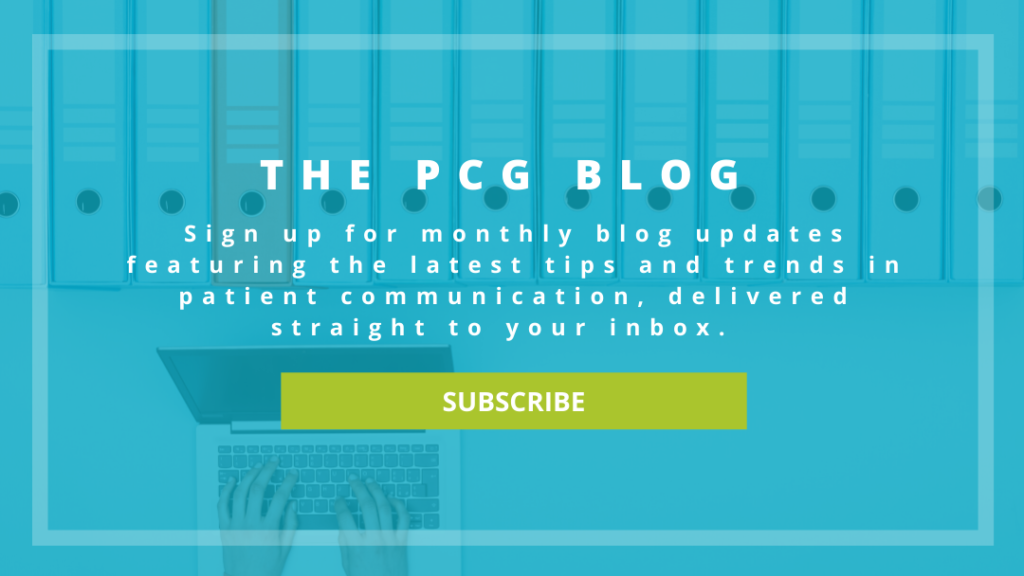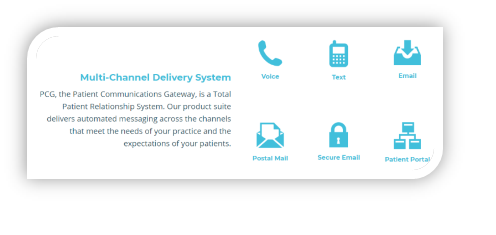Raise your Patient Communications to “Excellent” Utilizing US Postal Service
Many other industries have made significant advances in communicating electronically to their customers.
Meanwhile, healthcare still struggles to create a breakout process that encompasses all patients.
Mailing patient communications is an important bridge that allows a practice to reach their entire patient base.
Why mail patient communications?
Over the last 5 years the USPS has delivered 80 billion domestic marketing pieces per year. Far from being outmoded, US Mail continues to be an important part of most businesses’ marketing strategy.
Practices cannot simply ignore patients that will not engage in electronic communications. Practices still need an overarching method of contact to ensure all patients receive important health and financial-related directives.
Common situations
These are some common situations where practices have no choice except to communicate with their patients via postal mail:
- Some patients can’t use or don’t have access to online communications and postal mail is the only reliable way to reach them.
- When patients don’t respond to online communications and it’s important that they be reached, postal mail is often the most reliable way to make sure that they receive the information.
- Postal mail is the best option, to add the official impact of a hard-copy letter.
Even when patients do engage electronically with a practice, “best practice” still includes mailing patient communications for last chance or official messages.
Specific scenarios
Mailing Recall Communications
Most practices have patients who should come in for periodic visits or procedures as part of their comprehensive care plan. Ensuring patients visit their doctor regularly is not only good care, but good business practice as well. In situations where emails and calls may be ignored, postal mailings can reinforce the importance of a followup visit. Mailing this information along with warnings about possible consequences is also sometimes a requirement for malpractice insurance coverage, and certainly is a prudent compliance step.
Mailing New Patient Packets
First impressions are critical when building a relationship with new patients. Sending patients information about the practice is an important step that will help create a positive initial impression and will increasing the chances they will come for their visit.
Welcome packets can also include important forms for patients to fill out, saving time in the office and further enhancing the patient’s experience.
Pre-visit Packets
For certain procedures where previsit preparation is important, it can be helpful to send mailings with instructions and guidance, thus helping the patient understand the procedure and show up prepared.
Statements
Practices generally under-utilize statements, these are patient communications too. The first page of a statement is the most expensive. Adding information about services or events is a great way to promote the practice and provide health education.
Using full color and dynamic duplex printing are key elements to providing easy-to-read financial and marketing content.
Summary
US Postal Mail continues to be an important channel for communicating with your patients and should maintain a central position in the marketing/communication strategy of a successful practice. A significant number of patients will not engage electronically with a practice at all and should not be overlooked. And even those that do will still need the added impact of a letter to take action. Isn’t reaching out to all your patients what excellent practice communications is all about?
Click here to learn more about using all the channels.


